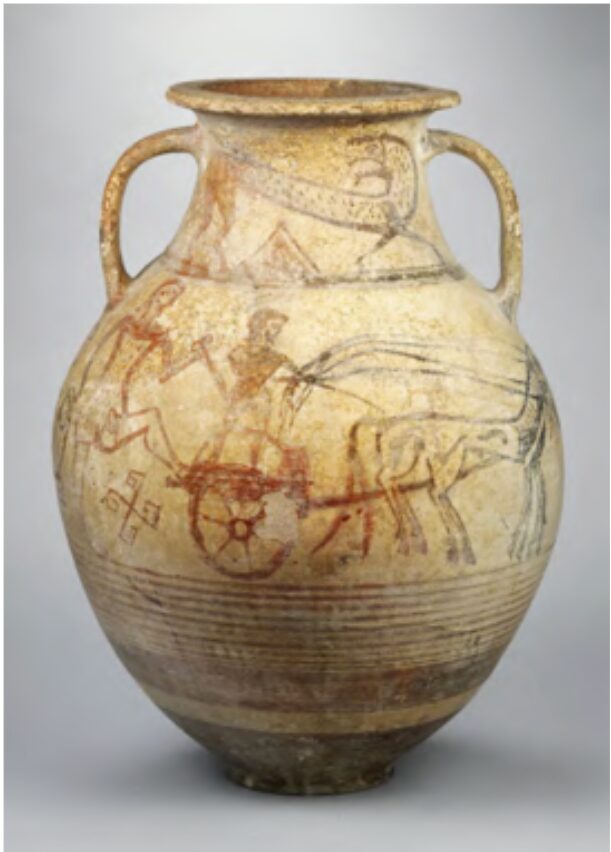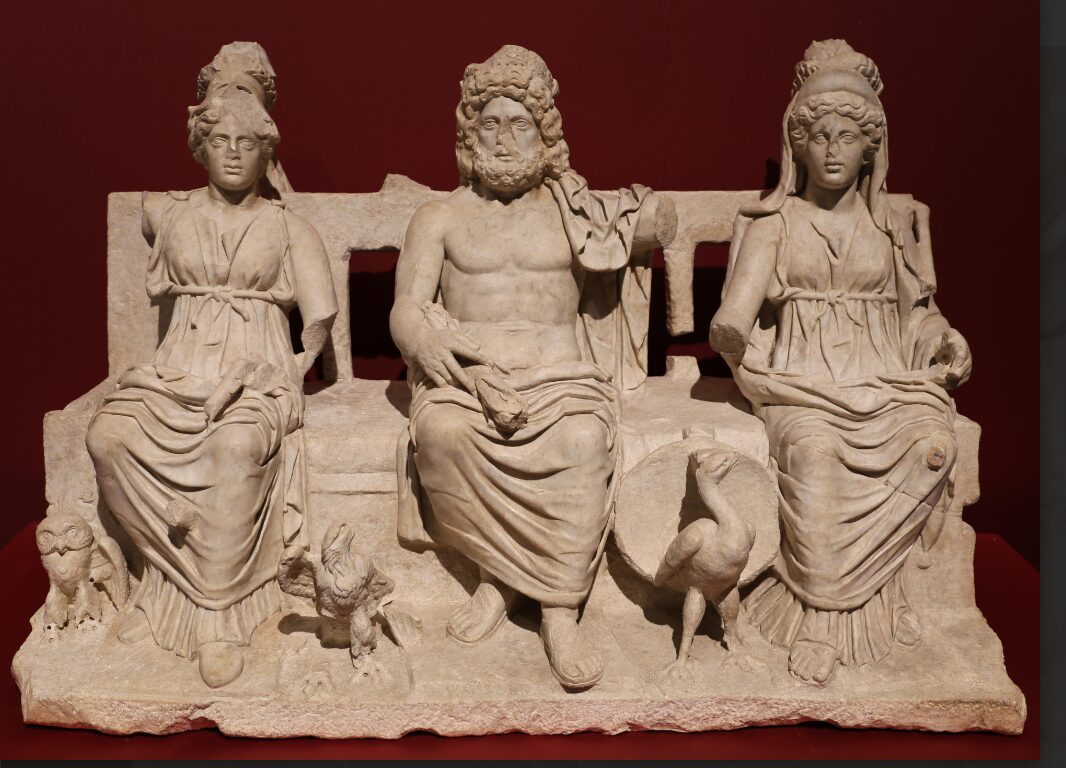Days ago, an art dealer named Edoardo Almagià was indicted by the Manhattan District Attorney’s office for first degree fraud, fourth degree conspiracy, and third-degree possession of stolen property related to illicitly excavated antiquities smuggled out of Italy. On Thursday, October 31,2024, an arrest warrant for Almagià was generated.
Almagià is of Jewish Italian descent and was born in New York but grew up in Rome, Italy, attending high school there. He moved back to New York in the 1980s and began his career as an antiquities dealer.
Edoardo Almagià has been on the radar of multiple jurisdictions for two decades and the Antiquities Trafficking Unit, a specialized unit in the Manhattan DA’s office, has finally gathered enough probable cause to indict him and obtain a warrant. He allegedly dealt directly with a lead tomb raider (caporegime tombarolo) and trafficked over 2,000 illicit antiquities out of Italy between the years of 1984 and 2001.
Over many years, numerous antiquities moved by Almagià ended up in the collections of many U.S. museums including the Princeton University Art Museum. Almagià is a Princeton alumnus who graduated in 1973.
His first appearance on law enforcement’s radar was in 1992, when Italian authorities were investigating a looted Triad Capitolina that depicted Jupiter, Juno and Minerva. The investigators had gathered evidence, including Polaroid photos of the capitolina freshly excavated from an illicit site near Rome. A notorious tomborolo admitted to attempting to sell the piece to Almagià, who wanted to send it to his American clients. Almagià’s offer was extremely low (he offered $20,000 for a piece worth millions) and the piece was sold to a different unscrupulous dealer.

In 1996, US authorities in New York seized 24 Etruscan pieces from an art gallery in Upper East Side Manhattan that they believed were looted from the archeological site of Crustumerium in Rome. Through further investigative discoveries it was determined that Almagià directed a group of tombaroli to clandestinely dig at the site, then had the artifacts smuggled into Switzerland and sold to clients in New York.
In 2000, Almagià was detained at JFK airport with two pieces of frescoed walls that were stolen from Vulci. US Customs ascertained that the paperwork Almagià filed for the artworks were falsified documents. A few weeks after this incident, a container he was shipping from Italy to Newark, New Jersey was searched, and five stolen antiquities were seized.
In 2006, the Italian Carabinieri passed info and evidence to I.C.E. and a search warrant of Almagià’s Upper East Side N.Y. apartment and a storage unit was executed. They photographed numerous antiquities and discovered precise business records that described his criminal activities and transactions and listed names of tomboroli–sellers, collectors and clients. The records described 1,698 antiquities Almagià had sold out of those premises. As this investigation was unfolding, Almagià packed a container with paintings and artifacts and sent it to Naples, then he fled to Europe. The container was seized in Naples. After the seizure of this container, the Italian prosecutor Paolo Ferri, who was highly specialized in cultural property cases, filed charges against Almagià, a tombarolo named Mauro Morani, and a curator from Princeton University Museum named Michael Padgett.
In 2011, Princeton Museum returned 16 antiquities with Almagià’s name in the provenance. Matthew Bogdanos, who leads the Manhattan DA’s Antiquities Trafficking Unit, was quoted in the Princeton Alumni Weekly saying: “If Almagià is the first name is on the provenance, it is stolen.” In 2012, the Italian charges were dropped due to the statute of limitations expiring, but all of the looted works were seized.
As recently as 2023, the Manhattan DA’s Antiquities Trafficking Unit seized ten artifacts that according to the warrant just issued in October 2024, are linked to Almagià.
Ironically, Almagià has been an outspoken activist fighting to reverse long standing Italian laws that protect Cultural Property. In the past, he has compared those cultural property laws to the American prohibition of alcohol that lasted from 1920 to 1933, claiming that the laws themselves create criminal black markets in antiquities and art. Almagià has insisted that those very laws that were established to protect our artistic patrimony propel collectors and dealers to commit criminal acts and traffic, sell and possess stolen and smuggled artworks. Maybe this is merely Edoardo Almagià doing some serious self-reflection and soul searching as to why he has committed so many criminal offenses against the artistic patrimony of Italy. Back in 2012, the judge who dropped the charges against Almagià due to the statute of limitations but authorized the seizure of the looted artworks, stated that Almagià’s cultural villainy “contributed to one of the greatest sacks of Italian cultural heritage.”
Edoardo Almagià is currently in Rome. The Manhattan District Attorney’s office has stated they will be filing with Italian authorities to begin extradition proceedings.












